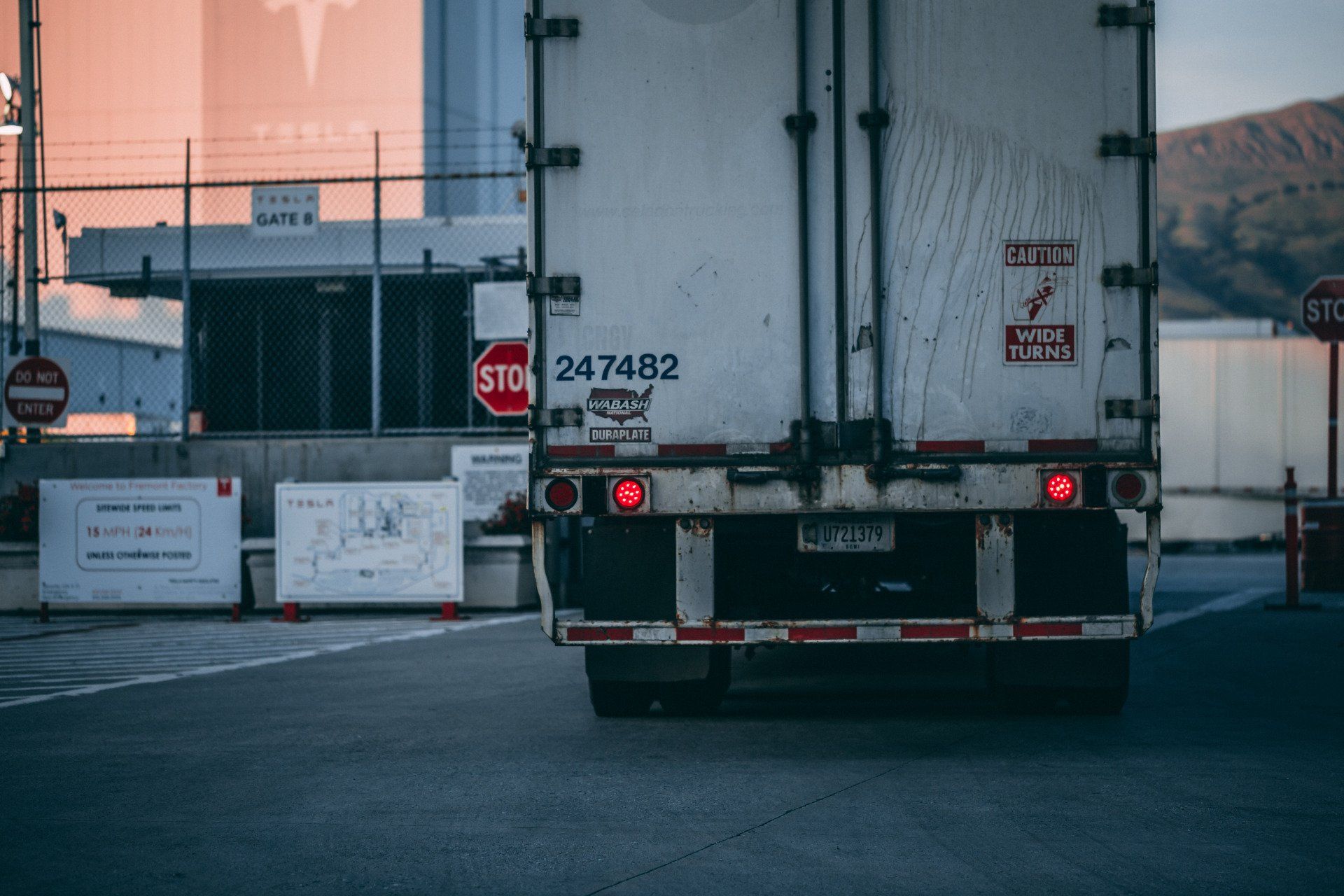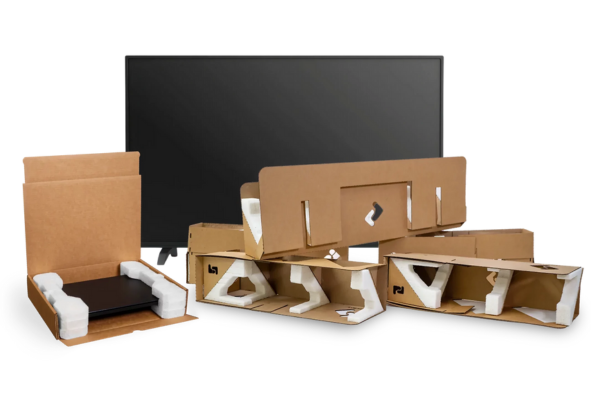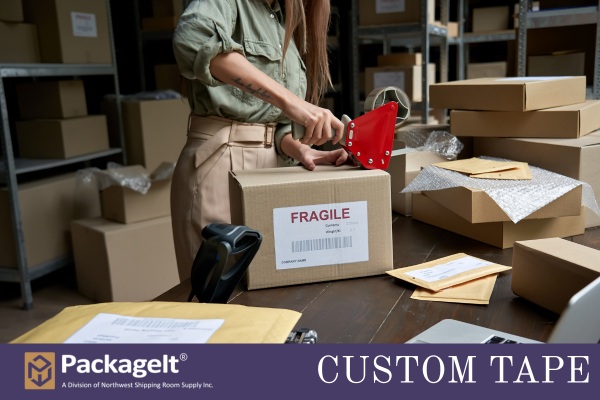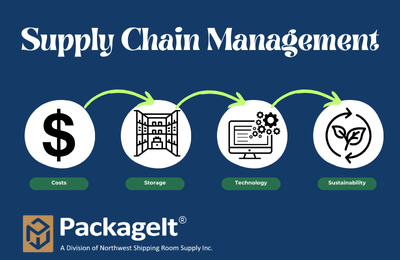There are two general types of goods in transit. Each of them indicate who owns the inventory and who should pay for their shipments.
FOB Destination
The first type of GIT is Free On Board Destination, or simply FOB Destination. This type of GIT means that ownership of the inventory is only transferred to the buyer once it reaches its target location. This transfer of ownership implies that in the event that the inventory gets lost or damaged while in transit, the seller will bear all the losses incurred.
Furthermore, the shipping cost will be paid by the seller in this arrangement.
FOB Shipping Point
The second type of GIT would be FOB Shipping Point, which means that the ownership of the inventory is transferred to the buyer as soon as it reaches the dock and boards the ship.
Consequently, all the risks of loss and damage incurred to the inventory while it is in transit are shouldered by the buyer, unlike FOB Destination. The buyer will also pay for the shipping costs of the inventory.













